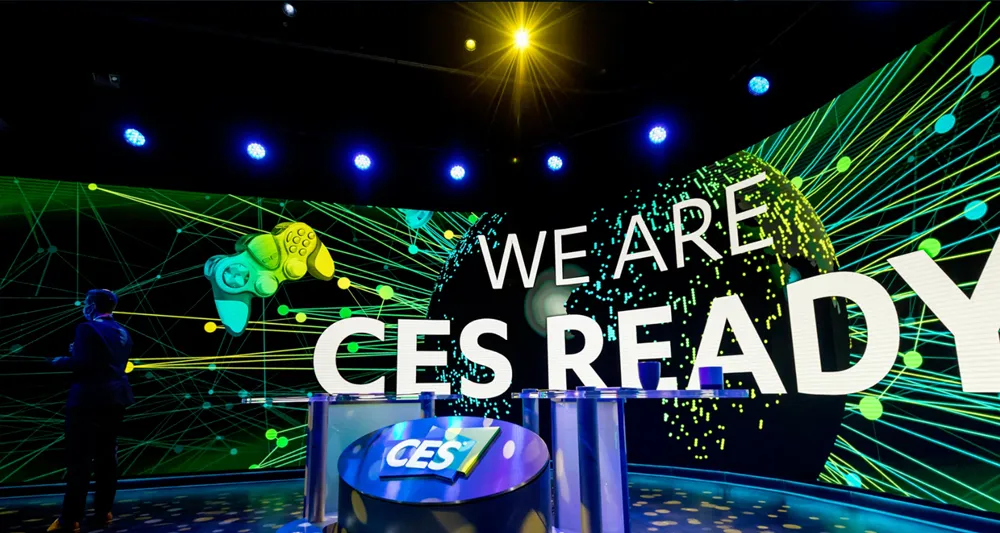Researchers at Oxford University in the UK are testing a combination of off-the-shelf technology which could enable a car to drive itself for sections of a familiar route. Dr Ingmar Posner of the University’s mobile robotics group is part of a team working on the car which he believes could affordably reach the showrooms in ten or fifteen years.
April 17, 2013
Read time: 2 mins
Researchers at 7333 University of Oxford in the UK are testing a combination of off-the-shelf technology which could enable a car to drive itself for sections of a familiar route.
Dr Ingmar Posner of the University’s mobile robotics group is part of a team working on the7334 RobotCar which he believes could affordably reach the showrooms in ten or fifteen years.
The car is fitted with two stereo cameras and two 3D scanning lasers under the front and rear bumpers to ‘learn’ about the route and constantly monitors the immediate area in order to make driving decisions. GPS is not used, as such systems could not provide the coverage, precision and reliability autonomous cars need to safely navigate and, crucially, GPS fails to tell a robotic car anything about its surroundings.
The technology is controlled by prompts on an iPad mounted on the dashboard giving the driver the option of the car taking over for a portion of a familiar route. Touching the screen when prompted selects 'auto drive' and any time the driver can tap the brake pedal to regain control.
Professor Paul Newman from the University Department of Engineering Science said instead of imagining cars driving themselves all of the time, we should imagine cars that can drive themselves some of the time. “The sort of very low cost, low footprint autonomy we are developing is what’s needed for everyday use,” he said.
At the moment it is estimated that the prototype navigation system costs around £5,000. 'Long-term, our goal is to produce a system costing around £100,' says Professor Newman.
The next stage of the research is to enable the new robotic system to understand complex traffic flows and make decisions on its own about which routes to take.
In the US,5593 Virginia Tech has adapted a vehicle with signals and scanners which give clues to the driver about which way to turn the steering wheel or when to brake.
Dr Ingmar Posner of the University’s mobile robotics group is part of a team working on the
The car is fitted with two stereo cameras and two 3D scanning lasers under the front and rear bumpers to ‘learn’ about the route and constantly monitors the immediate area in order to make driving decisions. GPS is not used, as such systems could not provide the coverage, precision and reliability autonomous cars need to safely navigate and, crucially, GPS fails to tell a robotic car anything about its surroundings.
The technology is controlled by prompts on an iPad mounted on the dashboard giving the driver the option of the car taking over for a portion of a familiar route. Touching the screen when prompted selects 'auto drive' and any time the driver can tap the brake pedal to regain control.
Professor Paul Newman from the University Department of Engineering Science said instead of imagining cars driving themselves all of the time, we should imagine cars that can drive themselves some of the time. “The sort of very low cost, low footprint autonomy we are developing is what’s needed for everyday use,” he said.
At the moment it is estimated that the prototype navigation system costs around £5,000. 'Long-term, our goal is to produce a system costing around £100,' says Professor Newman.
The next stage of the research is to enable the new robotic system to understand complex traffic flows and make decisions on its own about which routes to take.
In the US,










